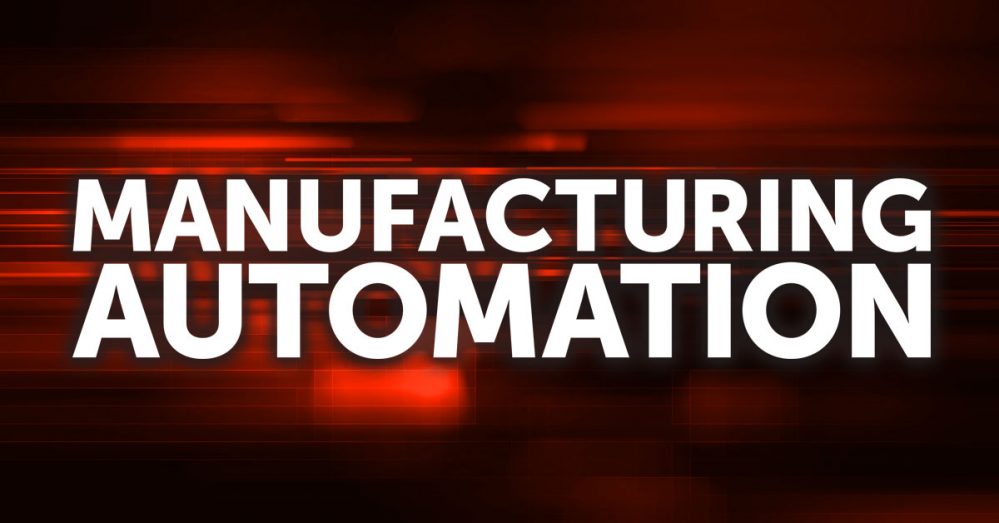
Last month I attended a conference for media and research analysts hosted by Siemens (here’s an overview of the event, including some key announcements), where one of the themes was the ongoing effort to streamline how manufacturers gather, sort, and, most importantly, act upon data to reduce overall costs, optimize production and increase material output.
Historically, data was – or is, depending on where your organization falls on Industry 4.0 implementation – collated from sensors, PLCs, etc. and spit out into reports that not only could be difficult to distil, but also got tied up in various departments, never to be seen – or followed up on – again.
“Too much information tends to act like too little information,” said Tony Hemmelgarn, CEO of Siemens Digital Industries Software, in his opening remarks at the conference. “You need insights from that data.”
Those operational insights, derived from data that is properly managed, are what lead to meaningful actions that can fundamentally improve the manufacturing process from design through to production to final delivery. The insights are what truly drive a company’s digital transformation – not the digital infrastructure itself.
Every year, Siemens and other industry giants are refining how companies can access these insights. Perhaps most significantly, they are figuring out useful ways to communicate the information to machine operators. Whereas operational data was once trapped in a silo, squirreled away in a control room or IT centre, mobile apps now allow shop floor workers to view production data on the spot.
Derek Roos, CEO of Mendix, the mobile application development platform that Siemens acquired in 2018, says this shift over the past few years has been an important one in actually realizing data insights. “If you came from the OT world, you can identify where the correlations are between the machine and the data,” he said.
Humans can turn insights into actions – but so can artificial intelligence (AI), which can make recommendations based on data. Hemmelgarn summed it up nicely: “AI is just another tool to be used by an engineer,” he said. “I need data to tell me why something is overheating, not that it is overheating.”
Hemmelgarn said that like all new technology, AI has been met with a certain level of hype that will level off as it becomes integrated more widely. “AI and machine learning will continue to grow – but we need to get to realistic applications, not things that look cool,” he said.
Canadian analytics companies are already actualizing AI for manufacturers in a very real way. The tech is being used for quality inspections, maintenance scheduling and preventing unplanned shutdowns. Journalist Jacob Stoller, who wrote our March 2019 feature on the state of AI implementation in Canada, follows up that story with some home-grown examples that are pushing operational excellence forward.
We’re also digging into another new technology in this issue: using augmented or virtual reality headsets for training employees.
You’ve probably heard a lot about AI, AR and VR. Now’s the time to push past the acronyms to find out what they can really do for your company.
